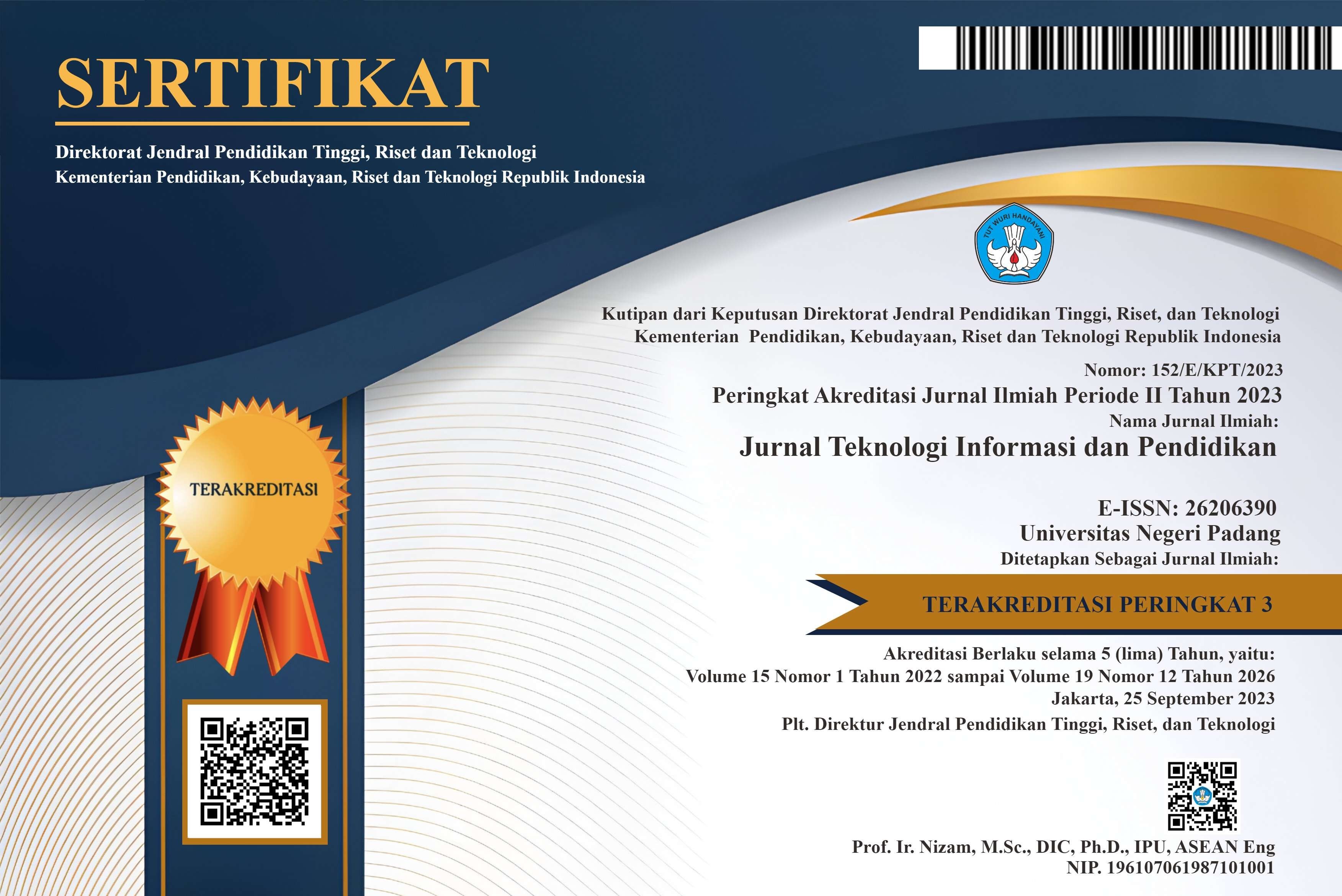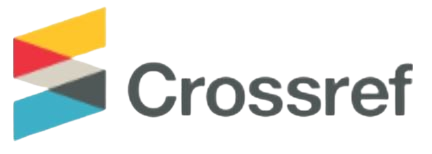Analysis of Moving Average, Weight Moving Average, Exponential Smoothing in predicting shoe prices
DOI:
https://doi.org/10.24036/jtip.v15i1.413Keywords:
shoe price predictions, MA, WMA, ESAbstract
Research related to forecasting is growing, starting with simple forecasting based on time or forecasting with certain criteria. Forecasting methods continue to be developed because they produce good models and can predict with high accuracy. The simplest method of forecasting is from the statistical value of the data, namely the average value or what is often called a moving average. Moving average calculates the next time prediction based on the previous time data and moves. The Moving Average (MA) method has several types, including Weight Moving Average (WMA), Autoregressions Moving Average (ARMA), and others. Referring to existing forecasting methods, we try to propose research related to the analysis of the MA, WMA, and Exponential Smoothing (ES) methods in forecasting shoe prices. The purpose of this research is to analyze the three methods in predicting the price of Adidas shoes. The data were taken from the Kaggle dataset and the analysis of the three methods used the MSE (Mean Squared Error) value. The forecasting analysis process uses the statsmodels library in Jupyter Notebooks. The MSE values of the three methods are MA with 2 times 15484.68, MA with 3 times 24829.42, WMA 3 times 14239.74, WMA 4 times 18386.77, and ES 3 times 38349.34, ES 4 times 43102.42. The conclusion of this research is that the lowest MSE value is the best prediction method, namely WMA with 2 times MSE 7268.3.















.png)














